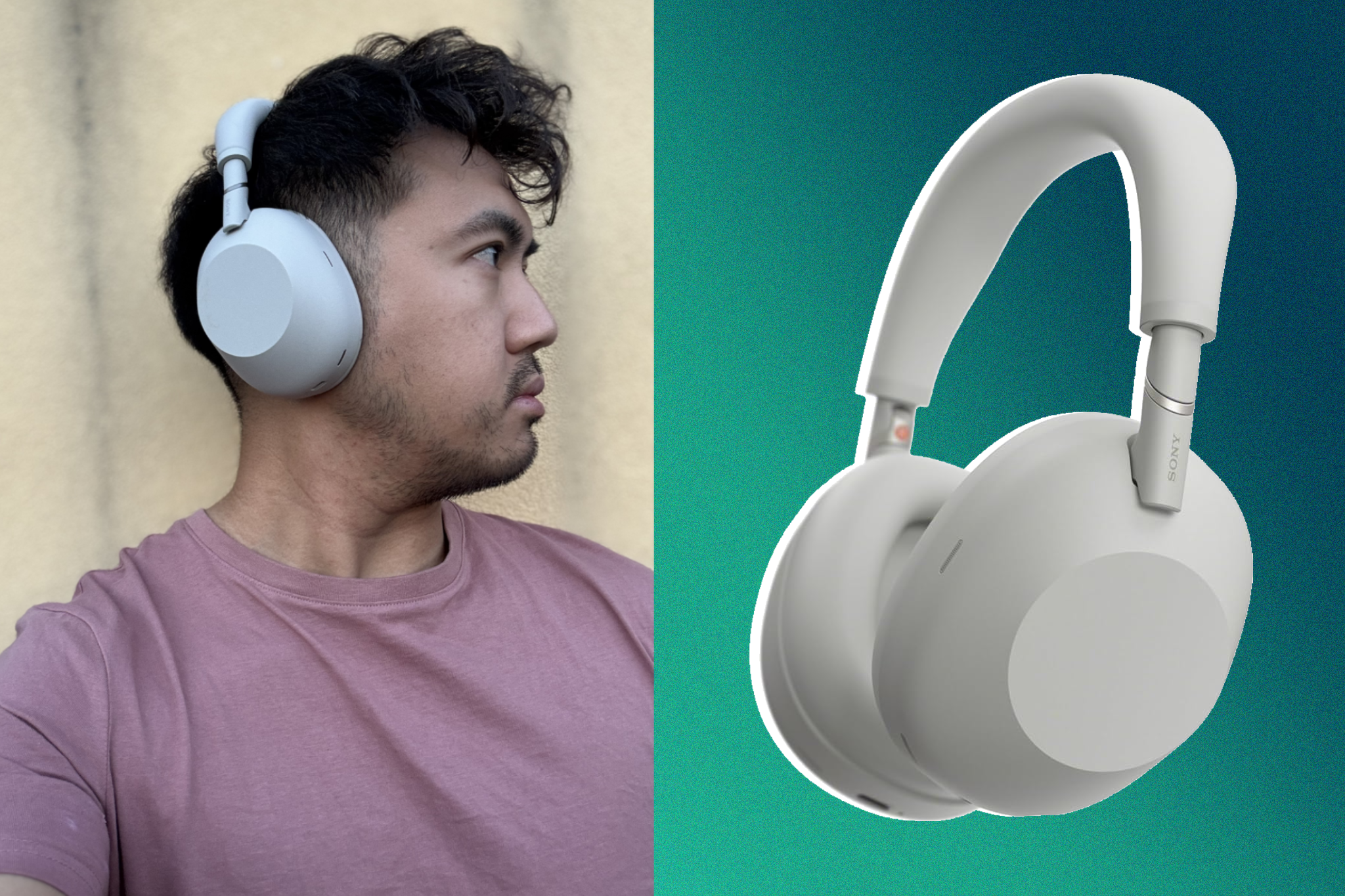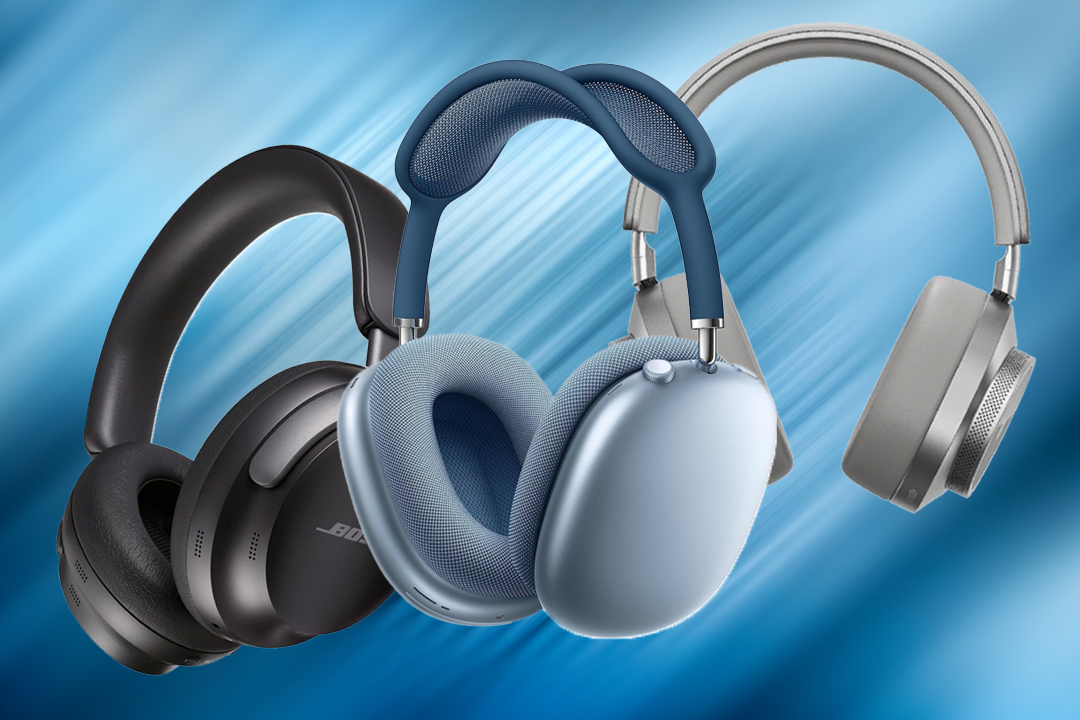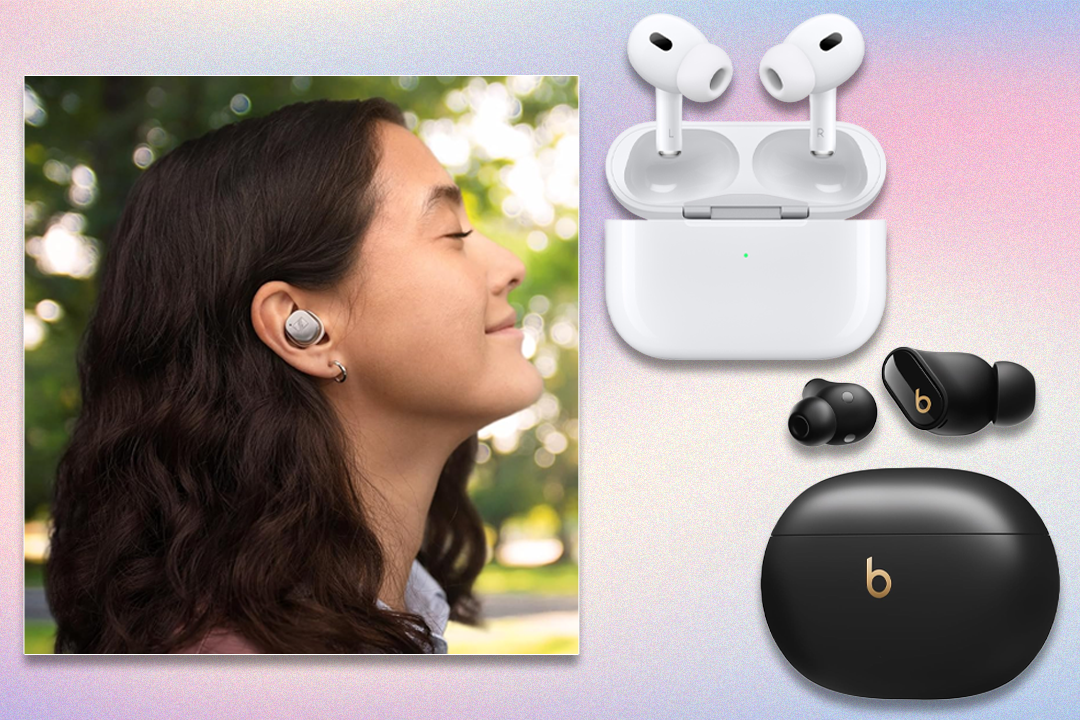Sony WH-1000XM6
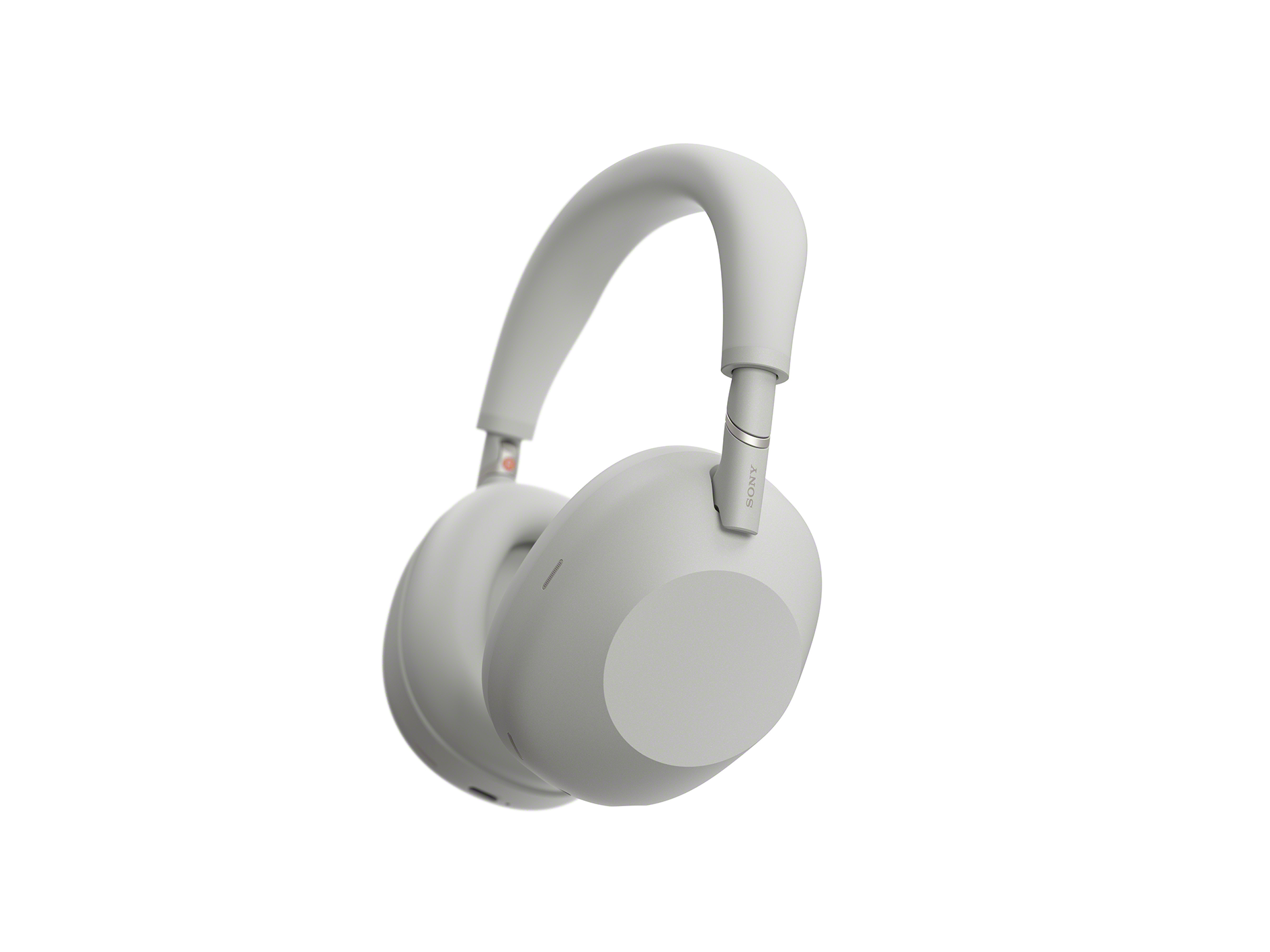
- Type: Over-ear
- Noise cancellation: Yes
- Weight: 254g
- Battery life: 30 hours with ANC on
- Connection type: Bluetooth 5.3 with multipoint, NFC, 3.5mm jack, USB-C (charging only), Bluetooth LE Audio, Auracast
- Bluetooth codecs: SBC, AAC, LDAC, LC3 (via Bluetooth LE Audio)
- Voice control: Yes; supports Siri, Google Assistant, Amazon Alexa and Sony Voice Control
- Included removable cable: Yes, 3.5mm
- Waterproof: No
- Why we love it
- Impeccable sound quality
- Massively improved adaptive noise cancellation
- Refined design
- They fold again
- Great features
- Take note
- The clamping force is a little too firm for my liking
- Battery life could be better
Sony WH-1000XM6 design and comfort
While the all-new XM6 borrow some of the same minimalist styling as the XM5, Sony’s made enough changes here that it feels like an upgrade. The earcups are rounder and more sculpted, ditching that slightly squared-off look that never quite grew on me. They look more polished, with no seam running down the side of the earcups.
But beyond the cleaner design, one of the first things you’ll notice is that they fold again. After abandoning the hinges on the XM5, Sony’s brought them back, and it genuinely makes a world of difference. The headphones now collapse inwards into a much more travel-friendly shape, making them easier to chuck into a bag. The only annoying bit? Despite the smaller footprint, the case is still just as big as the zip-up one that came with the XM5.
That said, I genuinely love the design of the new case. You fold the headphones up, pop them in and close the lid. It’s instant – it clicks shut with a magnetic flap, so there’s no faffing about trying to line up a zip. You still get an internal pocket for cables, and the whole thing feels sturdy and protective.
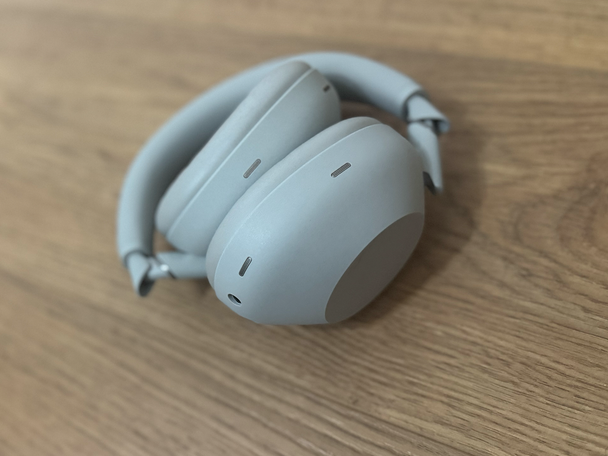
There’s also a wider headband. It’s still wrapped in that soft vegan leather, but the underside is now flatter and thicker towards the back, so it’s easier to tell which way round to wear them without feeling around for the tactile L marker.
The tweak is supposed to improve comfort and weight distribution – and maybe it will for some people – but I actually found its predecessor more comfortable. The new fit has a firmer clamping force that improves sound isolation, but after long sessions, I started to feel a bit of pinch at the crown. It’s not unbearable, but a little more noticeable than I’d like. The XM5s felt more relaxed on my head, especially when wearing them for a full day. They didn’t fall off or rattle around my head when I was wearing them at the gym, however.
Talking of tactile markers, the power button has a small but welcome glow-up. It’s now circular and slightly recessed, making it much easier to locate by touch, so no more thumbing around the cup wondering if you’ve just hit the ANC toggle by mistake. That’s still a longer, flatter strip, so the two are thankfully easy to tell apart without looking. You can also turn the ANC button into a microphone mute button in the Sony Sound Connect settings – this will mute and unmute your mic if you click the ANC button twice.
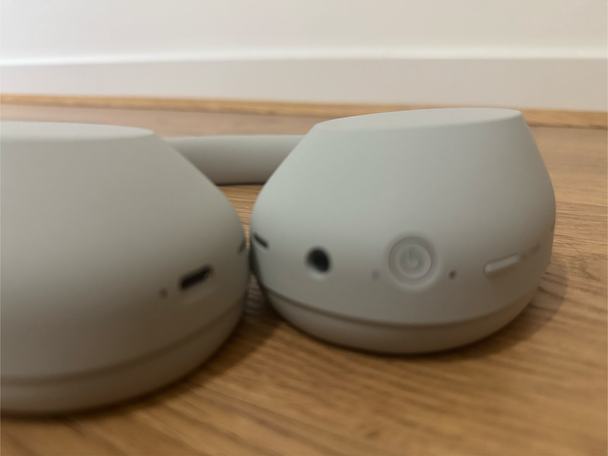
There are minor changes to the touch controls, but they feel more responsive this time around. I didn’t find myself repeating gestures as often as I did with the XM5. There’s still no haptic feedback, but there are sound effects, so you know when swipes and taps are registered.
The XM6 come in black, platinum silver and a new midnight blue colour. Overall, it’s just a much more refined pair of cans compared to the XM5.
Sony WH-1000XM6 features
The WH-1000XM6 are just as feature-packed as ever. If you’ve used the XM5s, most of this will feel familiar. Speak-to-Chat (which pauses your music the moment you start talking) isn’t turned on by default anymore, a welcome change if, like me, you’ve always found it more annoying than helpful. Quick Attention mode is still here and works well – just cover the right earcup and it’ll pipe in the outside world without you having to fumble with buttons. You’ve also got support for LDAC, high-res wireless audio, multipoint for two devices, and DSEE Extreme upscaling.
But there are new tricks worth flagging. The first is auto switch, a feature borrowed from Sony’s newer LinkBuds Fit and LinkBuds Open. It automatically switches the music to your LinkBuds speaker when you return home (or pause your music on your headphones). Leave the house, and it’ll switch it straight back to your headphones again. It’s a really neat little feature.
One of my other favourite features from the LinkBuds is also here: Background Music mode. This pushes your music outwards, so it feels like it’s coming from a distance, a little like listening to a playlist in a café. It’s really good if you need to focus but don’t want it to be completely silent. It’ll stop you from singing along to tracks because it sounds so far away.
The XM6 also feature a new QN3 processor that’s said to be seven times faster than the QM1 chip in the XM5. It powers smarter noise cancelling, with a new adaptive NC optimiser that adjusts on the fly depending on your environment and how much you’re moving (but more on that below).
There’s now a dedicated Cinema mode that upmixes stereo sound into Sony’s 360 Reality Audio. I tried this while watching a couple of shows on Netflix and was genuinely surprised by how immersive it felt. Dialogue still sounded clean and centred, but ambient effects and music had a bit more air and spatial separation. Is it Dolby Atmos? No. But for stereo content, it’s surprisingly convincing.
There’s also a new ten-band EQ (up from the 5-band EQ on the XM5), including a dedicated Gaming preset, plus support for Bluetooth LE Audio and Auracast, though there’s not much that takes advantage of those just yet.
One neat upgrade is that you can now listen while charging – something the XM5 didn’t allow. Sadly, there’s still no USB-C audio, so wired playback is limited to the 3.5mm jack.
Sony WH-1000XM6 noise cancellation and call quality
Sony’s noise cancellation has always been among the best, but the WH-1000XM6 improve that even further, making noise cancellation more consistent and natural.
The XM5 had a slightly annoying lag with the ANC when the noise level changed. I found that if I walked from a quiet room into a noisy office, I’d hear that swoosh of sound sneak in before the ANC kicked in to silence it.
It wasn’t a deal-breaker, but it was distracting. I’m pleased to report that doesn’t happen on the XM6 in my initial tests. With the new adaptive NC optimiser, it now feels much more stable and immediate. It handles shifts in environmental sound well without drawing attention to itself. It’s better in every way.
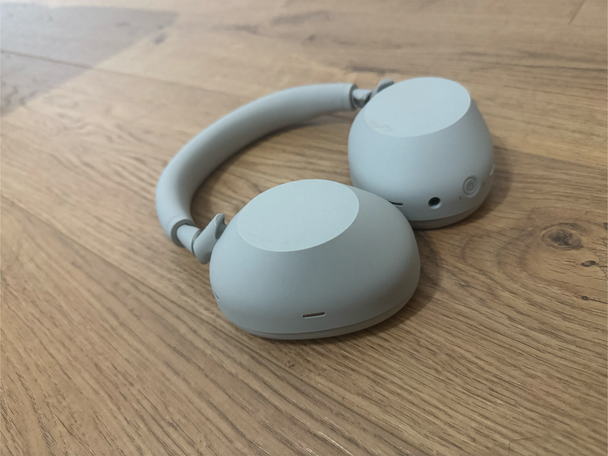
It’s not quite as forceful as the Bose QuietComfort Ultra, which still has a kind of vacuum-seal feel, but the XM6 is less fatiguing and more natural over long sessions. Wind noise was barely an issue in testing, even when walking outdoors or near traffic.
Saying that, I still think ambient mode is better on the AirPods Max. While it’s definitely improved, and you can hear practically every sound in your environment, the AirPods always make it sound like you’re not wearing any headphones at all. There’s still a little bit of blunting of environmental sounds with these headphones.
In terms of call quality. Sony’s new beamforming setup now uses three mics per earcup instead of two, and combined with some clever AI, it’s remarkably good at isolating your voice. I made a few long calls in loud environments and didn’t get a single “Can you repeat that?” back. However, it still struggles a little with the wind.
If you wanted better and more subtle noise-cancelling from your headphones, Sony’s really delivered with the XM6 on first test.
Sony WH-1000XM6 sound
OK, Sony’s done it. These are my favourite-sounding noise-cancelling headphones right now – and I don’t say that lightly. I already liked the tuning on the XM5s, but I always found that the bass lacked a little richness. These fix that issue and bring the sound to an all-new level.
There’s a newly developed 30mm driver built with the same carbon fibre composite materials in Sony’s premium Walkman range, and it has been tuned in collaboration with Grammy-winning mastering engineers. Sony says this gives your music better separation, deeper bass and more clarity across the board. There’s also a look-ahead noise shaper built into the processor, designed to smooth out sudden changes in volume and reduce distortion when streaming.
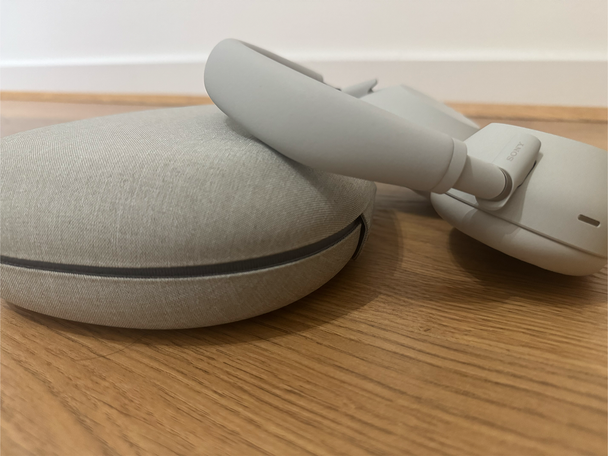
Even without playing around with any EQ settings, the XM6 sound more spacious and balanced. When I listened to the vocals on Olivia Rodrigo’s Sour, I could feel more depth and better separation in the mids. Bass is stronger too, but not in a showy way; it’s less murky, more present.
The rubbery synth bassline on MGMT’s Little Dark Age used to feel a bit bloated on the XM5s, but here it’s tight and punchy, gliding underneath the track without swallowing everything else. Dan Romer’s Station Eleven score also sounds sparse and intimate. The XM6 do a better job of capturing string swells, with a sense of texture that wasn’t quite as defined on the XM5.
If you’re coming from the XM5s, it’s a clear step up, and I think the XM6s are more musical than the Bose QC Ultra or the AirPods Max. After a few days of listening, these are excellent.
As for battery life, it’s still rated at 30 hours – the same as the XM5 – but I haven’t had long enough with them to say how accurate that claim is just yet. They’ve held up well so far, even with ANC on, but I’ll need more time to test them properly across longer stretches. Still, in 2025, 30 hours doesn’t feel quite as generous as it used to. Plenty of cheaper models can eke out more.
